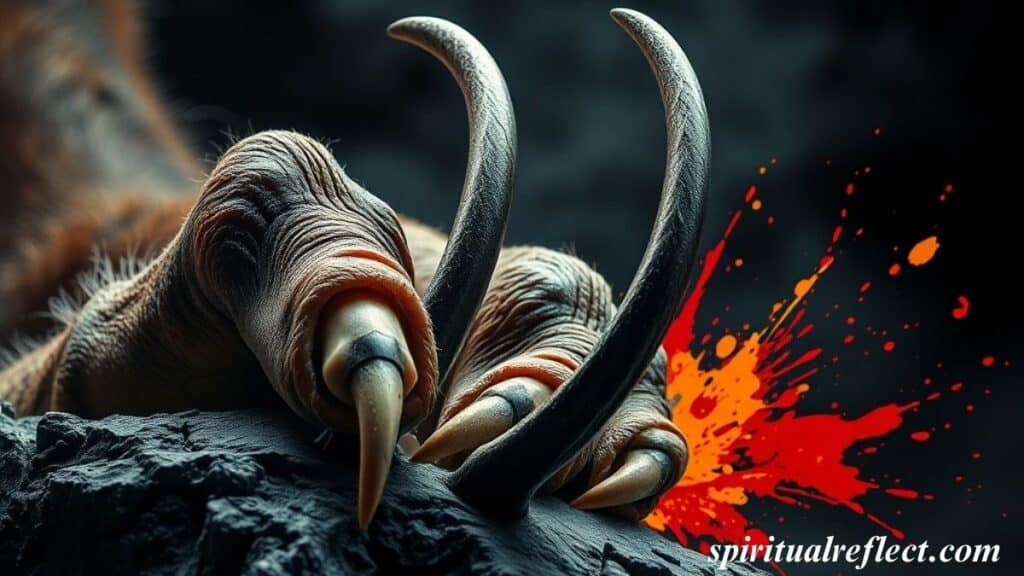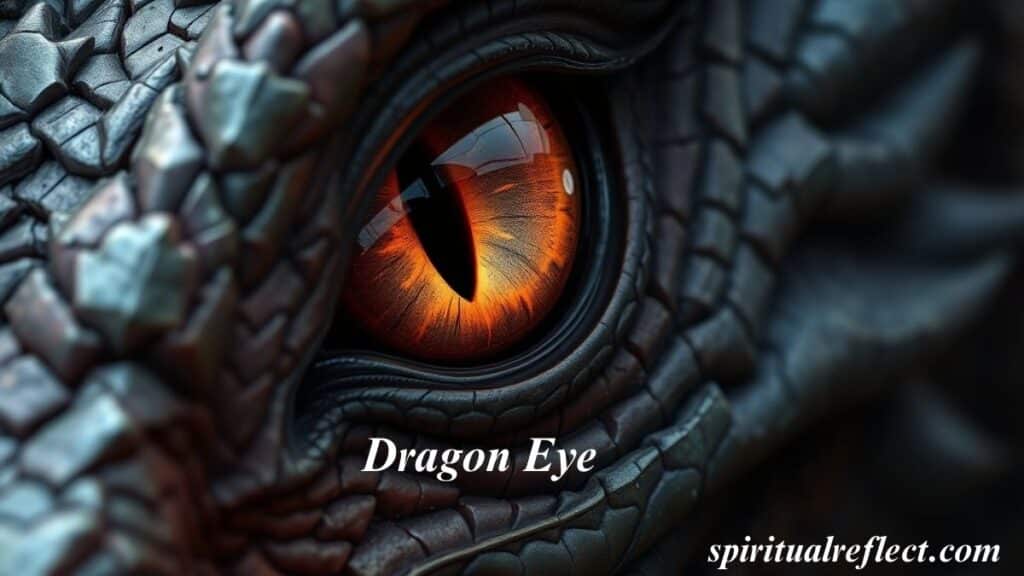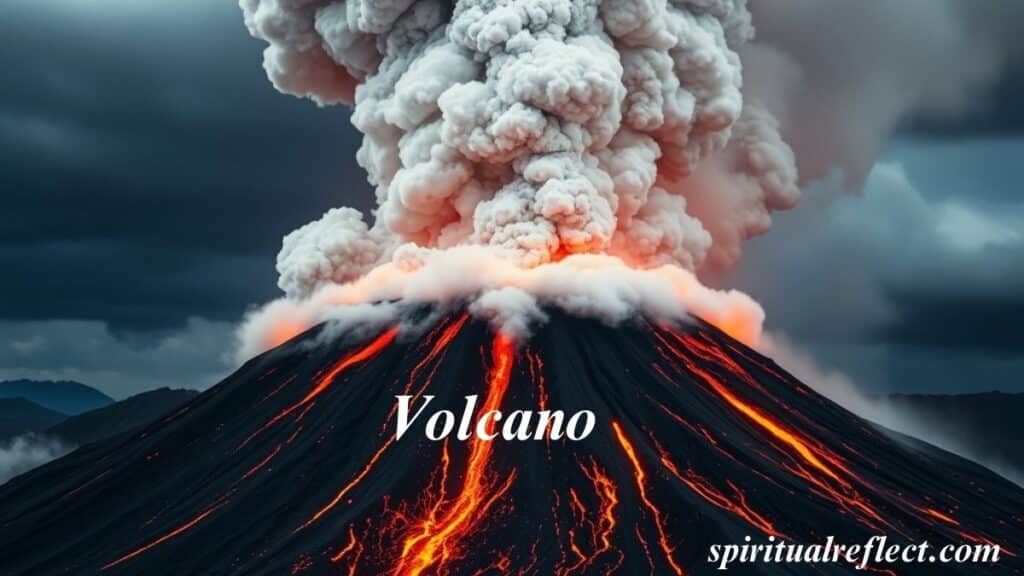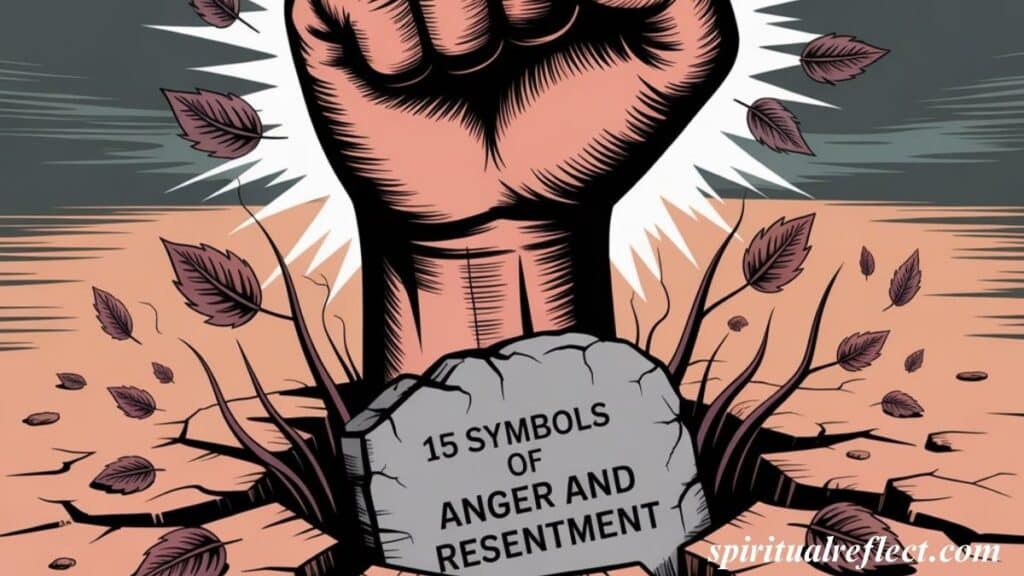The phrase “15 Symbols of Anger and Resentment” refers to powerful visual and cultural representations that embody the raw force of rage and lingering negative emotions. These symbols, drawn from nature, mythology, art, and modern media, give form to feelings that are often difficult to put into words. From fire and storms to clenched fists and mythical figures, each symbol reflects how humanity has expressed and understood anger across different eras and societies.
Anger is an emotion that sparks imagination as much as it provokes fear. Artists, writers, and cultures have long relied on striking imagery to depict this fiery state of mind. These symbols don’t just represent aggression; they capture the intensity, unpredictability, and depth of resentment in ways that resonate deeply with the human psyche. They are vivid, unforgettable, and often loaded with hidden meaning.
Exploring 15 Symbols of Anger and Resentment opens a window into how emotions shape language, art, and even daily life. Understanding these images helps uncover the psychology behind emotional triggers, the history of symbolic representation, and the enduring fascination with rage in human culture. Each symbol reveals more than just anger—it offers insight into control, release, and the complexity of emotional expression.
Universal and Visual Symbols of Anger
Claws: Raw Aggression Made Visible

Sharp claws represent the primal side of rage—the instinct to attack when threatened. In nature, animals flash their claws as a warning. Cats swipe when provoked. Birds of prey extend their talons when ready to strike.
Humans picked up this imagery, using claws in art and tattoos to symbolize fierce anger expression or suppressed emotions, finally breaking free.
“Claws are anger’s handwriting, etched into the skin of its enemy.” – Anonymous
Quick Facts:
- Cultural Symbolism: Associated with tigers, lions, bears, and mythic beasts.
- Psychological Meaning: Represents uncontrolled aggression and defense mechanisms.
- Modern Usage: Seen in fantasy art, comics, and logos tied to power and rebellion.
Bomb: Explosive Emotion
A bomb perfectly illustrates anger that builds pressure until it explodes. This is the emotional trigger many people describe—silent for a while, then a violent release.
Symbol Interpretation:
- Emotional State: Represents sudden outbursts and destructive consequences of negative emotions.
- Anger Management Analogy: Like a bomb, unresolved resentment detonates if not diffused.
Case Study:
Psychologists often compare unchecked anger to a ticking time bomb in anger management therapy. Recognizing the triggers before the “explosion” helps regulate the emotional intensity.
First: Defiance and Fury
The clenched fist carries layered meanings. It’s the body’s instinctive gesture of hostility, but it’s also a symbol of resistance.
- Aggression: In fights, a fist is both defense and attack.
- Protest Symbolism: Raised fists represent collective anger against injustice.
- Cultural Link: Used in political movements as a symbol of shared resentment.
Table: Symbolic Interpretations of the Fist
| Context | Meaning | Example Use |
|---|---|---|
| Personal Anger | Aggression and physical threat | Fist fights, quarrels |
| Collective Protest | Defiance against oppression | Civil Rights movement |
| Art and Literature | Metaphor for suppressed rage | Political posters |
Fire: Burning Anger
Few metaphors capture emotional intensity like fire. We speak of “burning with rage” or “heated arguments.” Fire spreads, destroys, and consumes—mirroring anger’s uncontrollable force.
- Religious Symbolism: Hellfire has long represented wrath and vengeance.
- Emotional Symbolism: Flames embody passion mixed with destructive energy.
- Modern Use: Fire emojis 🔥 often communicate excitement but also intense frustration.
Dark Cloud and Storms: Brooding Resentment

A storm brewing in the distance mirrors suppressed emotions ready to burst. Dark clouds symbolize lingering negative feelings like grudges and silent resentment.
- Psychological Angle: People with unresolved anger often describe feeling “under a cloud.”
- Literary Symbolism: Storms set the tone for conflict in countless novels and plays.
Example: Shakespeare used storms to symbolize the turmoil of the human mind, especially in King Lear.
Angry Face Emoji: Digital Symbol of Anger
In today’s world, emojis act as shorthand for emotional cues. The angry face emoji 😡 is among the most used when expressing irritation online.
- Visual Metaphor: Furrowed brows, red cheeks, frowning mouth—classic signs of rage.
- Cultural Relevance: Offers a quick, universal symbol across language barriers.
- Semantic Association: Strongly tied to emotional symbolism in digital communication.
Mythical and Pop Culture Anger Symbols
The Hulk: Rage Personified
The Hulk, from Marvel Comics, embodies the transformation of suppressed anger into an unstoppable force.
- Psychological Symbolism: Represents the dangers of repressing negative emotions until they manifest explosively.
- Cultural Impact: One of the most recognized pop culture figures is tied to anger.
- Lesson in Emotional Regulation: Even heroes lose control without proper anger management.
Demon Emoji: Anger with Darkness
The demon emoji 👿 carries associations of evil, vengeance, and extreme rage. In many traditions, demons are linked with wrath, one of the seven deadly sins.
- Symbol of Resentment: Represents bitterness that twists into hostility.
- Cultural Symbolism: In Asian cultures, oni (demon masks) also symbolize fury and aggression.
Dragon Eye: Ferocity and Watchfulness

Dragons embody destructive power, fire, and dominance. Their eyes, glowing with intensity, symbolize a watchful, restrained anger ready to strike.
- Mythological Significance: In both Eastern and Western tales, dragons bring wrath upon those who provoke them.
- Visual Symbolism: A dragon’s eye tattoo often signifies controlled fury—power that’s not easily unleashed.
Lyssa: Greek Goddess of Rage
In Greek mythology, Lyssa personified rage and madness. She unleashed uncontrollable fury on mortals and gods alike.
- Cultural Symbolism: Represents wrath as a divine force, not just a human flaw.
- Emotional Interpretation: A reminder of how anger can consume reason and push people to extremes.
Natural and Elemental Symbols of Anger
Chaotic Ocean: Overwhelming Emotion
The ocean reflects emotional symbolism beautifully. Calm waters symbolize peace; storms and crashing waves embody anger.
- Metaphor for Resentment: Resentment builds like tides, sometimes hidden beneath the surface.
- Emotional Triggers: Unpredictable, vast, and impossible to fully control.
Chains: Symbol of Bitterness and Oppression
Chains symbolize both restriction and resentment—anger tied to feelings of captivity.
- Emotional State: People often describe feeling “chained” by grudges or trauma.
- Symbol Interpretation: Anger as a binding force, trapping someone in negativity.
Volcano: Anger’s Sudden Eruption

Few natural forces mirror rage better than a volcano. Silent for years, then suddenly erupting with devastating force.
- Symbol of Suppressed Emotions: Bottled-up anger eventually demands release.
- Metaphorical Use: Common in therapy discussions about emotional regulation.
Living Symbols of Anger
Animals That Symbolize Anger
Animals have long represented aspects of human emotional states. Certain creatures naturally embody rage and negative emotions.
- Bulls: Known for charging when provoked. Linked to stubbornness and a hot temper.
- Snakes: Quick to strike, embodying vengeance.
- Wasps and Hornets: Short-tempered, aggressive, and feared for painful stings.
- Crocodiles: Ancient Nile crocodiles were symbols of wrath in Egyptian culture.
Flowers That Symbolize Anger
Even flowers, often associated with beauty, carry meanings of anger, hostility, and resentment in the language of flowers.
- Thistles: Defensive, hostile energy.
- Tiger Lilies: Associated with fiery tempers and pride.
- Petunias: Can symbolize resentment and anger when gifted negatively.
- Black Roses Represent vengeance, bitterness, and the darker side of love.
Table: Flowers and Their Anger-Linked Meanings
| Flower | Meaning | Symbolic Context |
|---|---|---|
| Thistle | Defense, hostility | Scottish symbolism, protective use |
| Tiger Lily | Fierce pride, hot temper | Asian cultural references |
| Petunia | Resentment, anger, negative feelings | Victorian flower language |
| Black Rose | Vengeance, bitterness, death | Gothic symbolism, modern tattoos |
Conclusion
The 15 Symbols of Anger and Resentment show how people across time and culture have given shape to one of the strongest emotions. From fire and storms to chains and fists, each symbol carries a story about rage, aggression, and hidden resentment. These images don’t just express anger—they also remind us of its power, its triggers, and its impact on human life.
By learning the 15 Symbols of Anger and Resentment, we gain more than cultural knowledge. We learn how emotions are expressed, suppressed, or transformed into art, myth, and daily communication. These symbols help us recognize emotional cues in ourselves and others. They teach us that while anger is natural, how we handle it makes all the difference.
FAQs
1. What are the 15 Symbols of Anger and Resentment?
They include claws, fire, storms, fists, bombs, chains, animals like bulls, and flowers such as black roses and thistles.
2. Why are symbols used to represent anger?
Symbols make intense emotions easier to understand and express across cultures, art, and everyday life.
3. Which flower most strongly symbolizes anger today?
Black roses are widely seen as the strongest floral symbol of anger, bitterness, and resentment.
4. Which animal is most linked to rage?
The bull is the most recognized animal for rage, often shown charging when provoked.
5. How are anger symbols used in modern culture?
They appear in tattoos, emojis, films, literature, and even therapy as tools to represent emotions.

Rana Ahmad is the creator of Spiritual Reflect, where she shares insights on personal growth, mindfulness, and meaningful living to inspire a more intentional life.







